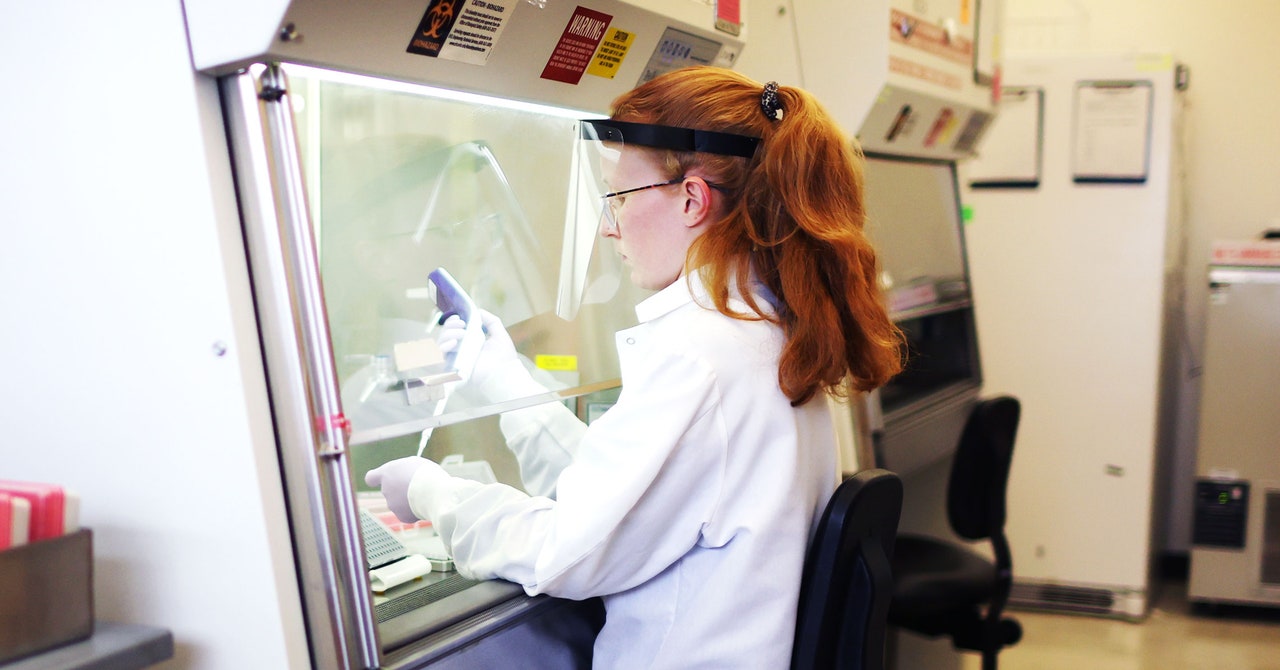
As of last week, the fast-moving pathogen had been found in poultry and adjacent species 182 times in 27 states, according to the Animal and Plant Health Inspection Service of the US Department of Agriculture. It has invaded every type of bird-growing operation—turkeys, broilers, egg-laying farms, and breeders that produce eggs for hatching—as well as backyard flocks, pet chickens, and game birds bred to be released for shooting.
Simultaneously, the flu has been found 665 times in 32 states in wild birds, both among birds that are hunted, such as mallards and widgeons, and in charismatic predators, such as snowy owls and bald eagles, in which it is almost 100 percent fatal. Last week, in a post that sent ripples of sadness across social media, the University of Minnesota’s Raptor Center announced it had to humanely euthanize a sick family of great horned owls—a mated pair and three fuzzy babies—that were nesting in a downtown park.
It is an extraordinary wave of illness given that highly pathogenic avian flu was only identified in the US in January, in three ducks shot by hunters in North and South Carolina; the virus was detected after the ducks were checked by wildlife biologists doing routine surveillance. But it parallels its extreme spread in Europe and the Middle East last winter and this year. There were vast die-offs of cranes in Israel, ducks in France, and geese in the United Kingdom, along with millions of poultry in the Netherlands, the Czech Republic, and Germany. In Canada, only one province, Manitoba, remains free of avian flu.
The interplay between the disease in wild birds and in commercially raised ones is complex. In 2015, farm birds sometimes became infected by viruses that crept in from other farms, either on contaminated shoes and tires, or through plumes of pathogens drifting on the wind. This year, every farm infection appears to have come from wild-bird contact, says Yuko Sato, a poultry veterinarian and assistant professor at the Iowa State University College of Veterinary Medicine. “The industry has refined how it responds since 2015,” she says. “If we have somewhere that tests positive, the priority is to put down those birds as soon as possible, because the longer they stay on the site alive, the viral load is just going to keep ramping up. So farm workers are getting better at noticing when something in their flock is off.”
A subtlety of so many types of farms experiencing outbreaks is that each type of bird—breeders, broilers, turkeys, layers—is raised in a different type of housing, which means there cannot be a single design flaw among all of these facilities that has allowed the virus access. The vulnerability may be more simple: their location. Farms are in the countryside, under the flyover paths of wild birds—and near roosting sites, if there are ponds or attractive food nearby. Bird poop containing the virus could wind up in the grass on a farm, or on rodents that have moved through the grass, or on stubble that blows off nearby fields, or in smaller birds, such as swallows, that have contact with migrating birds. Or it could be in all of these, which means even a small lapse in farm safety procedures could let the virus in.


